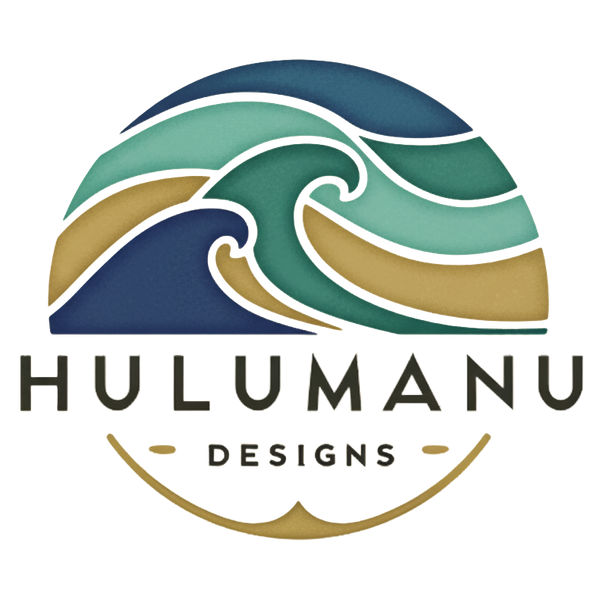Hulu Manu

In Hawaiian, hulu means “feather” (or “fur,” “hair,” depending on context), and manu means “bird.” When combined as hulu manu (often written as two words), it refers to “bird feathers”—particularly those prized in traditional Hawaiian culture. Historically, these feathers were used to craft garments such as the royal capes and helmets (ʻahu ʻula and mahiole) worn by Hawaiian aliʻi (chiefs). Figuratively, “hulu manu” may also refer to a beloved or esteemed person, something especially cherished or precious.
The concept of island life is often associated with a vibrant culture, stunning landscapes, and a laid-back lifestyle. Apparel that captures this essence serves not only as clothing but also as a medium of expression for individuals who resonate with the tropical vibes and coastal living. One such representation is found designs offered by Hulumanu, which emphasizes the beauty and allure of island life.
Apparel inspired by island themes often features bright colors, intricate graphics, and designs that reflect the natural surroundings. For instance, T-shirts adorned with images of sunsets, beaches, and ocean waves can evoke feelings of relaxation and adventure. These designs are not merely aesthetic; they are rooted in the cultural significance of the islands, often drawing from local traditions and natural beauty.
Research indicates that clothing can significantly influence mood and self-perception. A study published in the Journal of Experimental Social Psychology found that individuals wearing clothing that they perceive as representative of their identity experience increased confidence and a sense of belonging. This is particularly relevant for those who identify with the surf culture and beach lifestyle, as wearing apparel that reflects these values can enhance their connection to the ocean and the community.
Moreover, the quality of materials used in apparel production is crucial. High-quality fabrics not only ensure durability but also contribute to comfort, which is essential for individuals who lead active lifestyles. Fabrics that are breathable and moisture-wicking are particularly beneficial for those engaging in outdoor activities, such as surfing or beach sports. The choice of materials can significantly impact the overall experience of wearing the clothing, making it an important consideration for both consumers and manufacturers.
In addition to aesthetics and quality, the environmental impact of apparel production is an increasingly important factor. Sustainable practices in the fashion industry are gaining traction, with consumers becoming more aware of the ecological footprint of their purchases. Brands that prioritize eco-friendly materials and ethical manufacturing processes are likely to resonate with environmentally conscious consumers. This shift towards sustainability reflects a broader trend in consumer behavior, where individuals seek to align their purchases with their values.
In conclusion, apparel that embodies the spirit of island life serves as more than just clothing; it is a reflection of identity, culture, and lifestyle. As individuals seek to express their connection to the ocean and the laid-back lifestyle associated with coastal living, the demand for high-quality, aesthetically pleasing, and environmentally responsible apparel continues to grow. Understanding these dynamics is essential for both consumers and industry stakeholders as they navigate the evolving landscape of fashion inspired by island culture.
